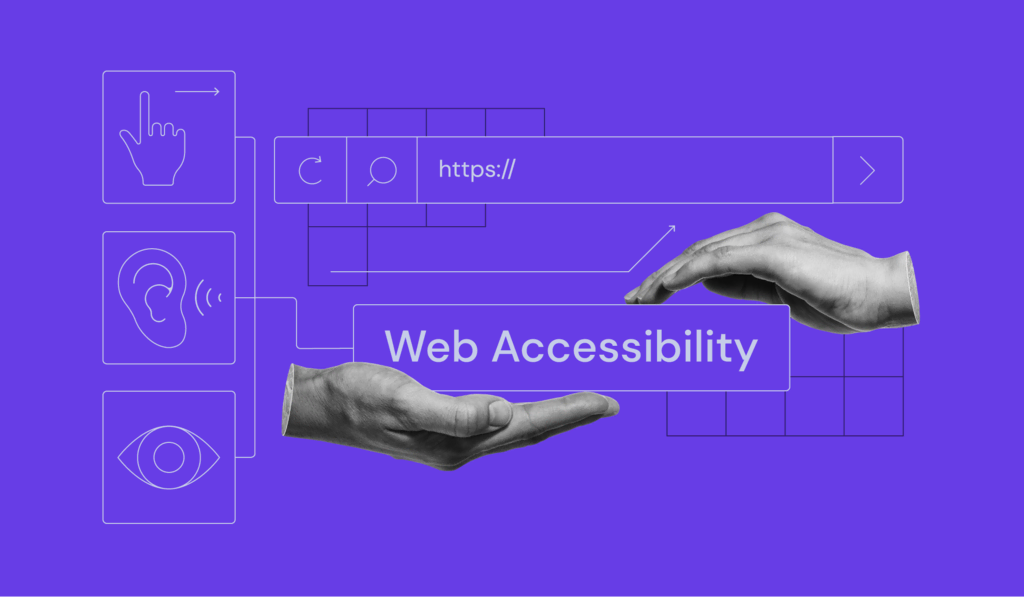News Blast
Your daily source for the latest news and insights.
Web Accessibility: Making the Internet Less of a Maze
Discover how to navigate the web effortlessly! Unlock tips to create an accessible online experience for everyone.
Understanding Web Accessibility: A Beginner's Guide
Web accessibility refers to the practice of making websites and web applications usable for everyone, including people with disabilities. This concept is essential as it ensures that all users, regardless of their abilities, can access and interact with content online. Some common disabilities that affect web use include visual impairments, hearing difficulties, and mobility challenges. By adhering to accessibility standards, such as the Web Content Accessibility Guidelines (WCAG), developers can create inclusive digital environments that enable equal access to information and services.
To begin enhancing web accessibility, consider implementing the following best practices:
- Use semantic HTML to ensure that screen readers can effectively interpret page structure.
- Provide text alternatives for non-text content, like images and videos, so that all users can perceive the information.
- Ensure sufficient color contrast between text and background to assist users with low vision.
- Design for keyboard navigation since some users may not be able to use a mouse.

The Importance of Web Accessibility: Why It Matters for Everyone
Web accessibility is a fundamental aspect of creating an inclusive online environment that allows all individuals, regardless of their abilities or disabilities, to access and benefit from web content. It ensures that people with visual, auditory, motor, or cognitive impairments can interact with websites and applications effectively. By implementing standards such as the Web Content Accessibility Guidelines (WCAG), developers and designers can address barriers that may prevent users from fully engaging with digital content. This commitment not only enhances user experience but also broadens the audience reach, allowing businesses to connect with a more diverse customer base.
Moreover, web accessibility is not just a legal requirement in many regions; it is also a moral obligation. When websites are designed to be accessible, it benefits everyone, including those who may not have obvious disabilities. For instance, features like text-to-speech can aid users in noisy environments, and captions can help those who prefer reading to listening. Additionally, accessibility can improve overall site usability, enhancing SEO performance and boosting search engine rankings. Ultimately, investing in web accessibility elevates your site’s performance and establishes your brand as a socially responsible entity that values inclusivity.
Common Web Accessibility Mistakes and How to Avoid Them
Web accessibility is essential for ensuring that all users, including those with disabilities, can navigate and interact with your site effectively. However, many website owners make common web accessibility mistakes that can significantly hinder the user experience. One frequent mistake is neglecting to provide text alternatives for non-text content, such as images or videos. This can be addressed by adding alt text to images and transcripts for videos. Additionally, inconsistent navigation and poorly structured headers can confuse users who rely on screen readers, making it difficult for them to access crucial information.
Another common oversight is the use of low-contrast color schemes that make it hard for users with visual impairments to read your content. To avoid this mistake, consider implementing tools that check your color contrast ratio and ensure it meets accessibility guidelines. Furthermore, forms that lack proper labels or instructions can frustrate users trying to input information. Always ensure that each input field has a corresponding label, and use ARIA landmarks to improve navigation for assistive technologies. By addressing these common web accessibility mistakes, you can create a more inclusive online environment for all users.